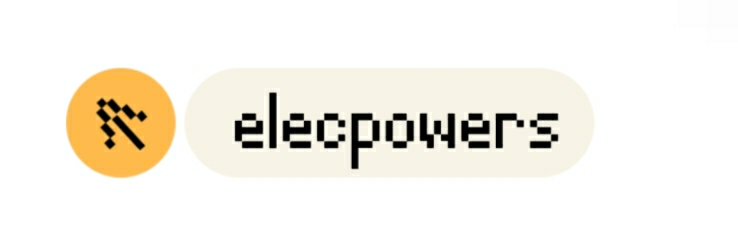7 Essential Stay Rod Overhead Line Fittings You Need to Know
When it comes to maintaining a reliable overhead line system, the quality of stay rod overhead line fittings is paramount. These components play a crucial role in ensuring that overhead lines remain taut and stable, preventing sagging or adverse environmental effects. In this article, we will explore seven essential stay rod overhead line fittings you need to know, how they impact customer groups, and propose practical solutions to common problems associated with them.
If you are looking for more details, kindly visit Stay Rod Overhead Line Fittings.
Understanding Stay Rod Overhead Line Fittings
Stay rod overhead line fittings are specialized hardware designed to secure stay rods to poles and mast structures. These fittings include multiple designs and types, each serving a specific purpose in maintaining line tension. Proper selection and installation of these fittings are vital for the structural integrity of overhead lines. Let’s take a closer look at seven essential fittings and their significance.
1. Stay Rods
The fundamental part of any stay assembly is the stay rod itself. These rods help anchor the overhead lines, preventing movement caused by wind or other forces. One common issue experienced by users is corrosion, which can lead to structural failure. Customers would benefit from using galvanized or stainless steel stay rods, as these materials resist rust and hold up better against environmental elements.
2. Stay Anchors
Stay anchors are installed underground to anchor the stay rods. If not installed properly, anchors can pull out, leading to failure in line stability. It's crucial to ensure that the anchorage depth is adequate for the specific loads expected. A reliable solution is to use helical anchors that provide a secure hold with less excavation required.
3. Clevis Ends
Clevis ends are often used to connect stay rods to the stay wire or other structural components. Problems can arise if they are not forged or welded correctly, resulting in weak connections. Customers should look for clevis ends that comply with established safety standards, ensuring structural integrity. Regular inspections can help in identifying any signs of wear before failures occur.
4. Thimbles
A thimble is a device that adds reinforcement to the loop of a stay wire. Without it, wires can wear out quickly, leading to potential line sagging. The solution for customers is to incorporate thimbles made of high-strength materials, which extend the lifespan of wire stay connections. Regular checks for fraying can help users replace worn-thimbles before catastrophic failures.
5. Turnbuckles
Used for adjusting the tension of stay wires, turnbuckles can sometimes loosen over time, creating potential slack in the lines. This can lead to inadequate tension and subsequent issues. To mitigate this, users should opt for turnbuckles with locking mechanisms or safety pins. Regular re-tensioning schedules can prevent drastic failures caused by slackened stay wires.
6. Insulators
Insulators are essential for preventing electrical energy from dissipating through the anchors and stay rods. Poor quality or damaged insulators can lead to faults and power outages. To ensure optimal performance, customers should replace insulators periodically and choose high-quality materials resistant to environmental conditions. A visual inspection before storms can prevent failures caused by compromised insulators.
7. Cable Ties and Straps
Cable ties and straps ensure proper organization and reduction of unwanted movement in overhead lines. However, if unsuitable materials are used, they can fracture under stress. Customers should utilize heavy-duty nylon or steel straps that can endure dynamic loads and environmental challenges. A regular maintenance routine can strengthen the whole assembly, maintaining the line's integrity.
Impact of Poor Quality Stay Rod Overhead Line Fittings
Failing to use high-quality fittings can lead to significant issues, including power outages, increased maintenance costs, and even safety hazards. Different customer groups, such as utilities, construction companies, and homeowners, face various challenges when poor fittings lead to line failures. Such inadequacies can disrupt service and increase repair expenses, which can be particularly burdensome for smaller businesses.
Proposed Solutions
To address these issues, customers must invest in reliable stay rod overhead line fittings and implement routine inspections and maintenance schedules. Training personnel on the installation and maintenance of these fittings ensures a reliable overhead line system. Additionally, establishing a strong relationship with suppliers who provide high-quality products will assure customers of durability and effectiveness.
In conclusion, understanding the essential stay rod overhead line fittings and their implications can enhance the performance and reliability of overhead lines. By selecting quality components and maintaining them properly, customers can prevent common issues and prolong the life of their overhead line systems.
Contact us to discuss your requirements of stay rod manufacturer. Our experienced sales team can help you identify the options that best suit your needs.



